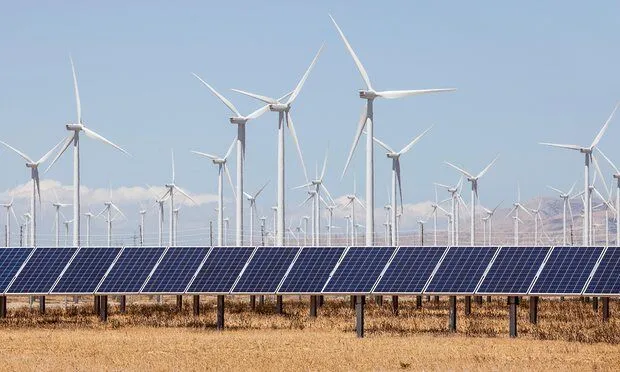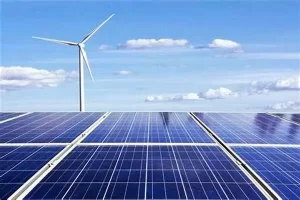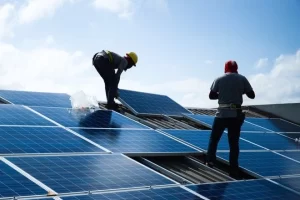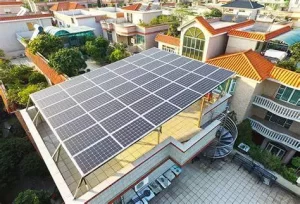Wind Power: An Important Component of Renewable Energy
Wind power has emerged as a crucial player in the global shift towards renewable energy. Harnessing the natural force of the wind to generate electricity, wind power is clean, sustainable, and increasingly cost-effective. Here’s an in-depth look at the role of wind power in the renewable energy landscape:

1. Environmental Benefits:
Wind power is a clean energy source that does not emit greenhouse gases or pollutants. Unlike fossil fuels, it helps reduce carbon footprints and mitigates the adverse effects of climate change. By relying on wind energy, we can decrease our dependence on non-renewable resources and move towards a more sustainable future.
2. Technological Advancements:
Continuous innovations in wind turbine technology have significantly improved the efficiency and output of wind power systems. Modern turbines are designed to capture wind at varying speeds, increasing energy production even in less windy areas. Additionally, advancements in materials and aerodynamics have enhanced the durability and performance of turbines, reducing maintenance costs.
3. Economic Impact:
The wind energy sector has become a significant contributor to economic growth. It creates jobs in manufacturing, installation, and maintenance of wind turbines. Moreover, the reduced costs of wind power generation have made it a competitive alternative to traditional energy sources, leading to lower electricity prices for consumers.
4. Grid Integration and Storage:
Integrating wind power into the energy grid poses challenges due to its intermittent nature. However, advancements in energy storage solutions, such as batteries and pumped hydro storage, are addressing these challenges. These technologies store excess wind energy generated during peak production times and release it when demand is high, ensuring a stable and reliable power supply.
5. Future Prospects:
The future of wind power looks promising with ongoing research and development. Offshore wind farms, which harness stronger and more consistent winds over the ocean, are becoming more prevalent. These farms have the potential to significantly boost wind energy production. Furthermore, government policies and incentives continue to support the expansion of wind power infrastructure globally.
Conclusion:
Wind power stands as a pivotal component of the renewable energy mix, offering substantial environmental, economic, and technological benefits. As we continue to innovate and invest in wind energy, it will play an increasingly vital role in achieving a sustainable and green energy future.
Contact us
- Email:[email protected]
- Tel: +86 13651638099
- Address: 333 Fengcun Road, Fengxian District, Shanghai
Get A Quote Now!
Read more

Unveiling Photovoltaic+Energy Storage: Four Major Application Scenarios Leading the Future of Energy
In this way, the energy landscape is evolving, and one of the most thrilling developments in renewables is the integration of photovoltaics energy storage.

From Theory to Practice: Four Methods for Estimating Photovoltaic Power Generation
Photovoltaic power generation has become an essential part of modern energy solutions, particularly in home solar systems and distributed power applications

Rack-Mounted Lithium Iron Batteries: Creating Efficient and Reliable Energy Storage Solutions
When it comes to modern energy solutions, rack-mounted lithium iron batteries are taking center stage in a variety of industries. Whether you’re powering data centers, stabilizing energy for households, or keeping critical systems online at 5G base stations, these batteries have become the unsung heroes of our electrified world.

Late Night Energy Saving Tips: How to Maximize Electricity Savings During Off-Peak Hours
With rising energy costs, homeowners are increasingly exploring innovative ways to save on their electricity bills. One effective approach is utilizing off-peak hours—times when electricity rates are significantly lower due to reduced demand.
